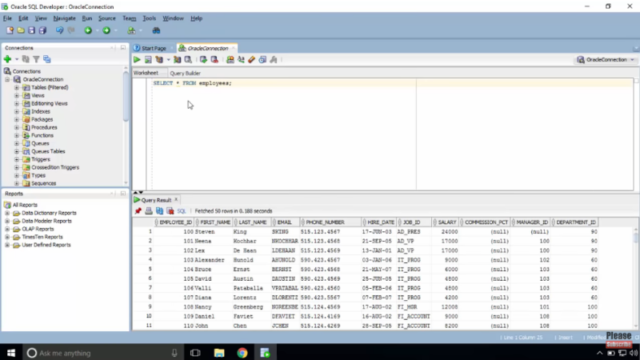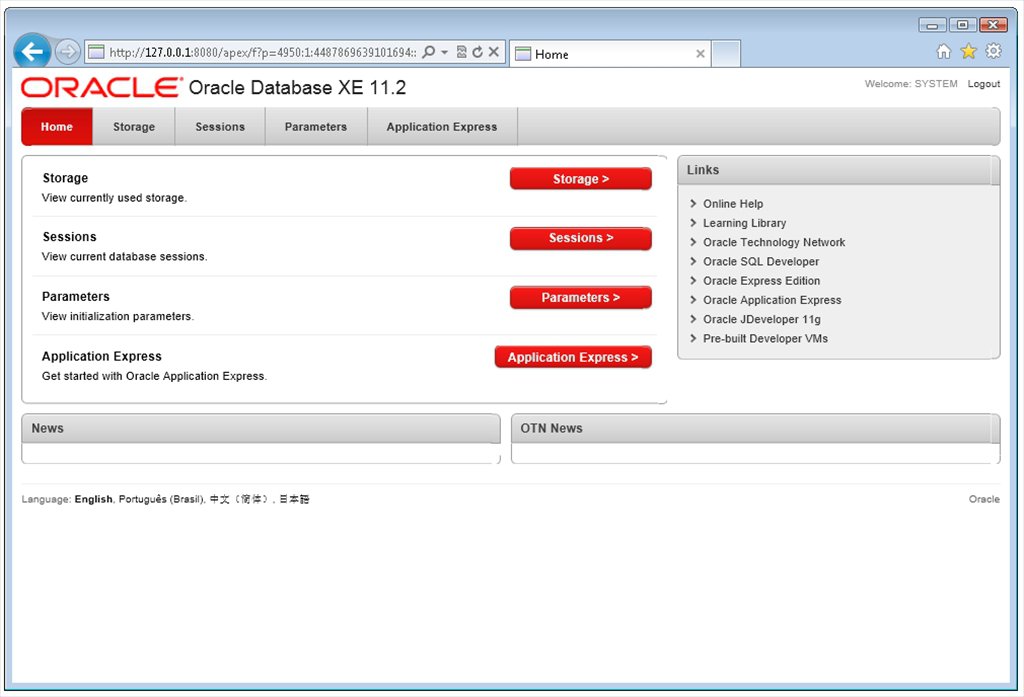

- FREE ORACLE DATABASE DOWNLOAD FOR WINDOWS 10 INSTALL
- FREE ORACLE DATABASE DOWNLOAD FOR WINDOWS 10 SOFTWARE
Thanks very much for your detailed reply.

Don’t expect peoplesoft installation to work on a 1G VM on a 2G laptop.
FREE ORACLE DATABASE DOWNLOAD FOR WINDOWS 10 SOFTWARE
Remember, the VM will need enough memory to cope with the OS and software installation, while leaving enough free memory for the host OS. I’ve not played with peoplesoft, but I have installed eBusiness Suite on VMs and it works fine, so I would expect the same here.

My play with an OS that has no business relevance?
FREE ORACLE DATABASE DOWNLOAD FOR WINDOWS 10 INSTALL
Oracle will install on other flavors of Linux, like Ubuntu, but it is not supported so you would never do such a thing in production environments. For Oracle installations I always run Oracle Enterprise Linux (OEL) because it is an enterprise class OS and it is the *only* *free* OS that Oracle *support*. Although you can install the database on Vista, Oracle would expect production installations on Windows Server, not Vista.Ģ) With the latest release of VirtualBox, I’ve actually ditched VMware Server in favour of VirtualBox, but it is a virtualization product, so it amounts to the same thing. Microsoft have a server OS which is more sensible for server installations like databases, assuming you want to stay with Windows. My only fear in regard to installing a “server” version of Linux is my novice level of understanding, and that I may quickly get out of my depth if trying to deal with a “server” operating system.ġ) Windows Vista is designed as a client operating system for use on PCs not servers. Even if you haven’t done something like this before, could you please give me your gut feeling about whether I should use a “server” version of Linux or just a “normal” version of Linux. Please excuse my embarrassing lack of knowledge in this area, but my question is: What is the reasoning behind using a “server” version of Linux to run an Oracle database? Is it a necessity, a nice-to-have, or not important? Eventually, if I am successful with the Oracle database installation, I would like to install PeopleSoft and connect it to the Oracle database, which involves using middleware like Tuxedo, and Weblogic, etc. The difference between this and the way you did it is the fact that you used a “server” version of Linux, whereas I was initially planning to use a “normal” version of Linux. Prior to reading this thread, I was going to partition my drive, install Linux on the other drive and use VMWare to run Linux on this other drive as a virtual machine, then install the Oracle database there. From this, I am gathering that Oracle Enterprise Linux 5.x is a “server” version of Linux. (2) Your suggestion was to use “VMware Server on Vista and install Oracle on an Oracle Enterprise Linux 5.x virtual machine”. (1) When you say that “Windows Vista is not a server operating system”, what do you mean? (just a basic explanation, no need to go into detail). However, I would just like to ask you a couple of questions to make things a bit clearer in my mind.

I have done some research on the matter, and, consistent with your advice, I have decided to use VMware to run an instance of Linux and install the Oracle database on Linux.Īlthough I am an IT professional, I am a complete novice when it comes to operating systems, and thus I am looking forward to filling a bit of this enormous gap in my knowledge in the process of doing this Oracle database installation. I was reading this thread, since I am researching the best way to install an Oracle database on my laptop that has Windows Vista Home Premium as its operating system.


 0 kommentar(er)
0 kommentar(er)
